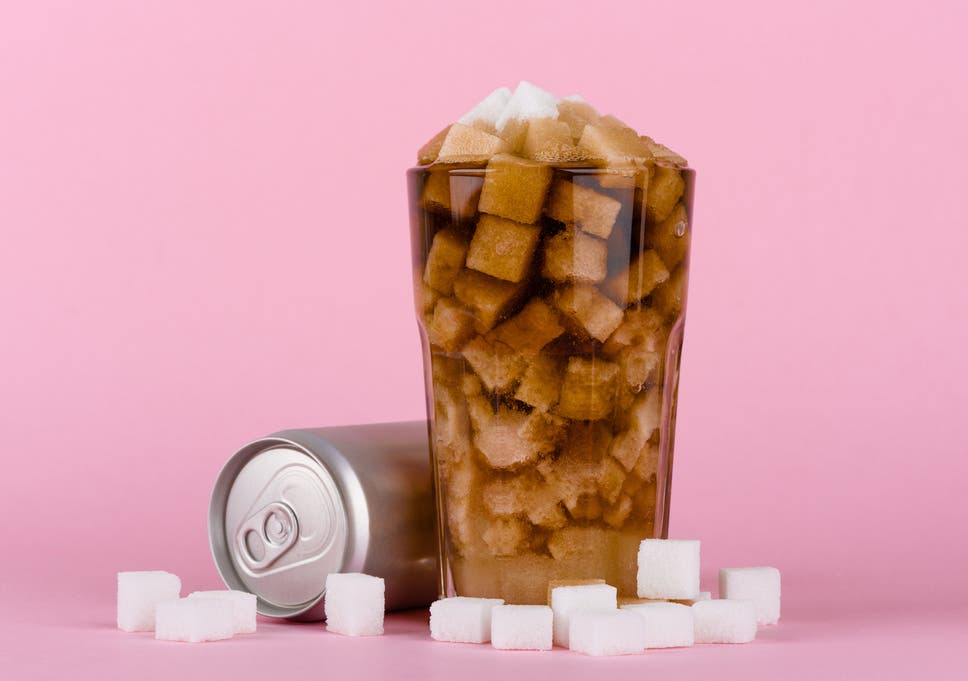 Sugary drinks include any sweetened beverages such as non-diet soft drinks, energy drinks, sports drinks, fruit drinks, cordial, sweetened tea, rice drinks, sugar cane and bean beverages.
Sugary drinks include any sweetened beverages such as non-diet soft drinks, energy drinks, sports drinks, fruit drinks, cordial, sweetened tea, rice drinks, sugar cane and bean beverages.
Consumption of sugary drinks leads to overconsumption of calories, weight gain and obesity. In children it reduces milk consumption potentially leading to calcium deficiency with associated increased risk of osteoporosis and fractures. Sugary drinks contain high levels of sugar and may also have high levels of acid. They can significantly contribute to tooth decay and erosion in children and adults.
Facts
- There are 16 packs (teaspoons) of sugar in one 600ml bottle of regular soft drinks
- There are 9 packs of sugar in one 600ml bottle of sports drink
- 47% of children (2-6 years old)consume a sugary drink every day
- Consuming 340ml of sugary drink a day increase your risk of type 2 diabetes by 22% compared to drinking one ca a month or less.
Sugary drinks and your oral health
- Frequent consumption of sugary drinks has been linked to increased rates of tooth decay and erosion
- Even though diet soft drinks are sugar free, they have similar acidity to sugary carbonated drinks and can still cause erosion
- Sugary drinks frequently contain caffeine which can negatively affect fluid balance and lower pH and buffer capacity of saliva, adversely affecting your oral health
- Frequent, prolonged exposure of baby’s teeth to sugary drinks has been linked to early childhood caries.
Tips to help you cut back
For you
- If you are thirsty, have some water first
- Carry a water bottle instead of buying a drink
- If you order a fast food meal, see what other options are there for drinks apart from default sugary drink
- Be smart with the drinks you buy – they are made to sound healthier than they are, always check the nutrition panel for the sugar content
- For alcoholic sugary beverages, find out if there are lower sugar options
- Try and stay away from the soft drink aisle in the supermarket or specials at the checkout as they are often sweet
- Try to minimise the amount and number of times per day you drink sugary drinks:
- Only have it at meal times
- Use a straw where possible
- Brush your teeth straight away
- Avoid swishing the drink around the mouth
For your children
- Give your child a water bottle to carry to school
- Avoid flavored milk if possible
- Check fruit juice packaging to ensure there is no added sugar
- If there are vending machines with sweet drinks at school, discuss the possibility of having them removed with the school
For your baby
- If your baby has teeth, don’t settle them to sleep with breasted milk, bottled milk, flavored milk, cordial, fruit juice or soft drink
- If your baby likes sucking on something before sleep, offer them a water bottle or a dummy
*By Dr Ksenia Fedorova, ADAVB Oral Health Committee
